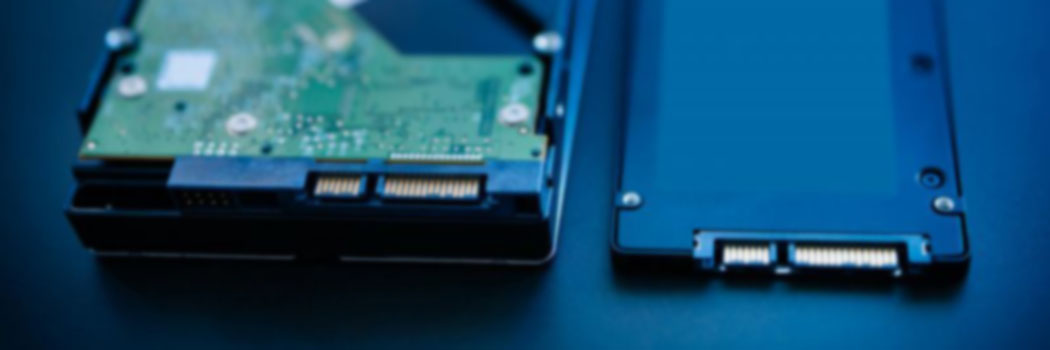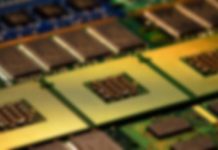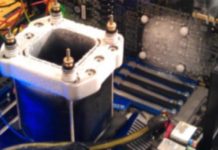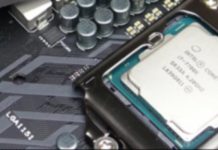This article has been just updated: January 16, 2024
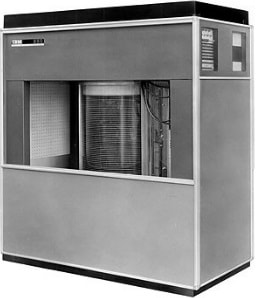 Modern storage devices look nothing like they did more than 50 years ago. The first hard drive in the world, the IBM 350, had fifty 24-inch platters, with a total capacity of 3.75 MB. Fast forward to today, and you can store the entire English Wikipedia uncompressed on a device the size of your thumb.
Modern storage devices look nothing like they did more than 50 years ago. The first hard drive in the world, the IBM 350, had fifty 24-inch platters, with a total capacity of 3.75 MB. Fast forward to today, and you can store the entire English Wikipedia uncompressed on a device the size of your thumb.
Storage devices have evolved at such an astonishing rate that it’s not easy to know which type is right for which application. In particular, many people wonder what’s the difference between Solid-State Drives (SSDs) and Hard Disk Drives (HDDs).
Technology
HDDs have been around since the 1950s, and it’s almost hard to believe how much they’ve changed over the years. Modern HDDs use magnetic storage to store and retrieve digital information using one or more rigid rapidly rotating disks, called platters, coated with magnetic material. Each platter has its own actuator arm with a read/write head, which moves to locate read and write data.
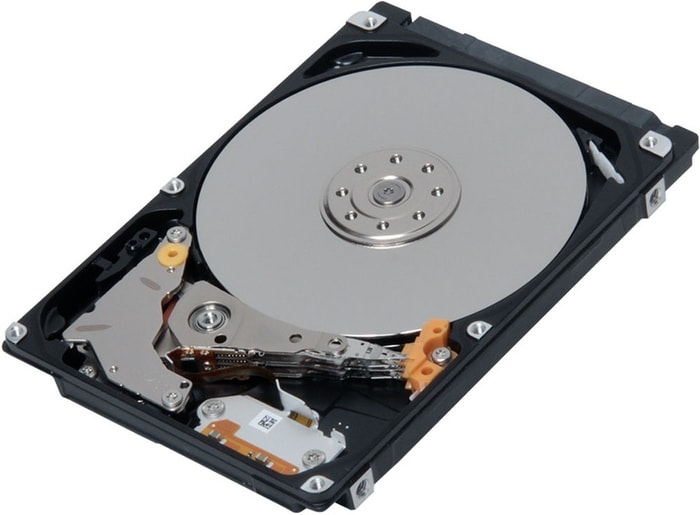
The platters typically spin at 5,400 or 7,200 or 10,000 revolutions per minute (RPM) and come in two main form-factors: 3.5-inch, which is intended for desktop computers and servers, and 2.5-inch, which is primarily for laptops and compact home theater PCs.
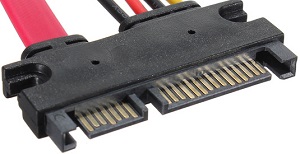 Modern HDDs are connected via Serial ATA (SATA), a computer bus interface introduced in 2000. SATA connects host bus adapters to mass storage devices and supports native hot swapping and faster data transfer through higher signaling rates, among other things. Some HDDs use Serial Attached SCSI (SAS) instead of SATA, but there’s actually little physical difference between the two.
Modern HDDs are connected via Serial ATA (SATA), a computer bus interface introduced in 2000. SATA connects host bus adapters to mass storage devices and supports native hot swapping and faster data transfer through higher signaling rates, among other things. Some HDDs use Serial Attached SCSI (SAS) instead of SATA, but there’s actually little physical difference between the two.
SSDs started to appear in the 1990s, but their popularity as cutting-edge alternatives to HDDs is a relatively recent development. Instead of platters and actuators, they use integrated circuit assemblies as memory to store data persistently with no moving parts whatsoever. You can think of them as special USB drives because they use the same base technology: flash memory, also called NAND.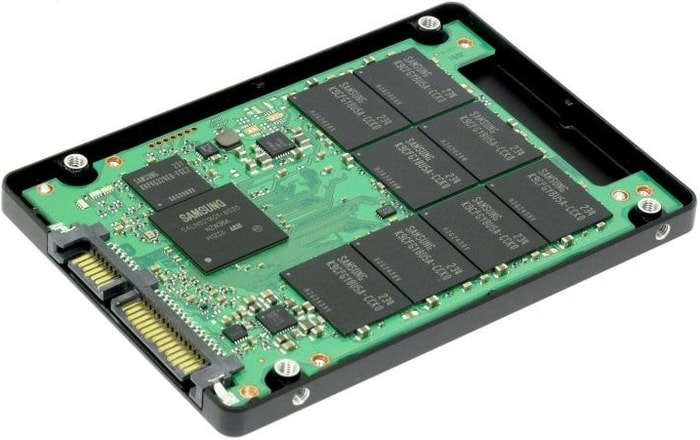
SSDs are designed to be drop-in replacements for traditional HDDs. Early SSDs were available in the 2.5-inch form factor, but the industry is now leaning toward the M.2 form factor, which is a more flexible physical specification that allows different module widths and lengths to be paired with the availability of more advanced interfacing features.

M.2 also supports the NVM Express (NVMe) specification for accessing non-volatile storage media attached via a PCI Express (PCIe) bus. NVMe allows SSD manufacturers to overcome the biggest limitation of SATA: bottlenecking.
“The interface provides an optimized command issue and completion path. It includes support for parallel operation by supporting up to 64K commands within a single I/O queue to the device” – explains NVM Express, which was formed as an industry association to define a new storage interface protocol, NVM Express.
Storage Capacity
Not too long ago, Samsung unveiled the world’s largest SSD, with whopping 30.72 TB of storage space. Shortly after, American computer data storage software and systems company Nimbus Data introduced an SSD with 100 TB of storage space. Clearly, SSDs can offer a lot of space, but it comes with a premium price.
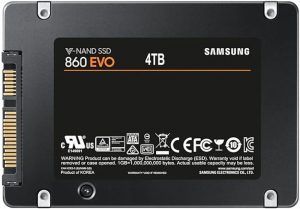 The 1TB version of the Samsung 860 Evo, which is one of the most popular SATA SSDs on the market today retails for $199, although you can often find it for less than $130. The Western Digital Blue 1 TB hard drive, on the other hand, retails for $109.99 and is often on sale for less than $50. That’s a huge difference in price per GB, and it increases even more if you compare NVM Express SSDs with HDDs.
The 1TB version of the Samsung 860 Evo, which is one of the most popular SATA SSDs on the market today retails for $199, although you can often find it for less than $130. The Western Digital Blue 1 TB hard drive, on the other hand, retails for $109.99 and is often on sale for less than $50. That’s a huge difference in price per GB, and it increases even more if you compare NVM Express SSDs with HDDs.
To save money and still enjoy the superior performance of SSDs, most users today buy a smaller SSDs as a boot drive and a larger HDDs for data. That way, your system will boot up in a few seconds, but you can still store hundreds of movies and thousands of songs on your computer.
Performance
The best NVM Express SSDs have a sustained throughput of around 3 GB/s, SATA SSDs reach around 550 MB/s, and HDDs manage only 200 MB/s. What do these numbers mean in practice? A massive difference in application load times and overall system responsiveness.
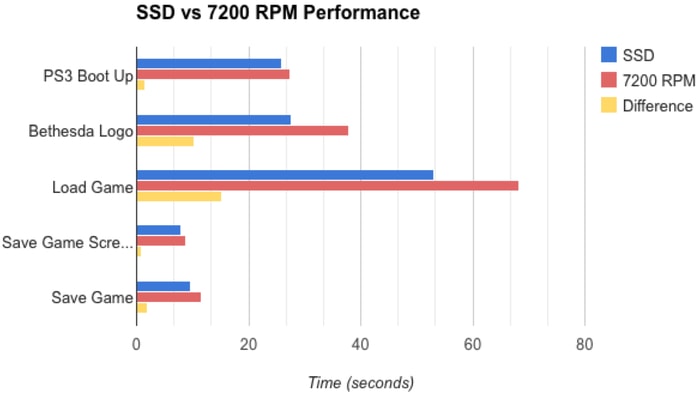
If you have an older laptop with a 5,400 RPM HDD and an Intel Core i5 processor, you can expect to wait around 15 seconds for the Chrome web browser to open. With an SSD, Chrome should open in just a second.
The difference can be even more noticeable in games. Playing Destiny 2, for example, on a traditional HDD gives you a lot of time to make yourself a cup of tea or coffee as you wait for the game to load. Even a budget SSD will barely give you enough time to open a bottle of your favorite soda before the game starts.
Reliability
If you’ve been paying attention, you should know that there are many moving parts inside traditional HDDs. The mechanical reality of all moving parts is that they wear out over time and may even fail catastrophically.
HDD manufacturers know this, which is why there’s an entire market with durable HDDs with increased lifespan and special safety features that are supposed to minimize shock damage, which typically occurs when the read-write head of the drive touches the magnetic platter. Unsurprisingly, extra-durable HDDs are more expensive than regular HDDs, which is why most consumers use regular HDDs instead. 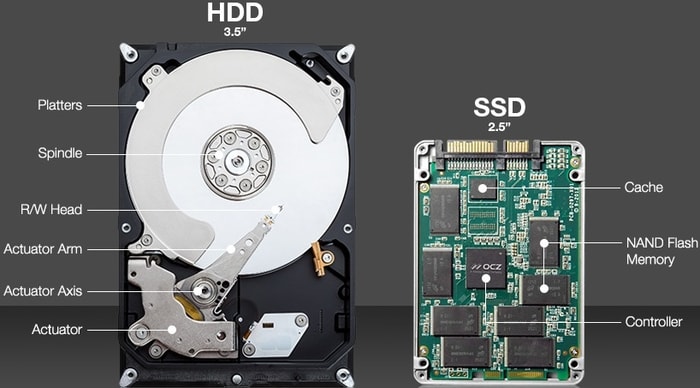
SSDs don’t have any moving parts, so they’re inherently more resistant to shock damage. However, they do wear out as well—just for different reasons. SSD memory cells have a finite life expectancy because they are subject to an effect called write amplification, an undesirable phenomenon associated with flash memory where the actual amount of information physically written to the storage media is a multiple of the logical amount intended to be written.
Despite the write amplification effect, SSDs have a significantly better MTBF (Mean Time Between Failures), and many SSD manufacturers include a 5-year or longer guarantee on their products.
Verdict
Today, there are not many reasons to buy a traditional hard disk drive. Solid-state drives have become very affordable, and their speed and reliability are on another level. The only good reason to buy a traditional hard disk drive is to use it to store large amounts of data for cheap. But even then, we recommend you use a solid-state drive as a boot drive for your operating system.
FAQ
How do SSD and HDD technologies differ in terms of data access speed?
SSDs typically provide much faster data access speeds compared to HDDs due to their lack of moving parts, allowing for quicker read and write times. An SSD can often access data instantly, as opposed to an HDD which requires time to spin the magnetic platters and move the read/write head.
What is the impact of SSDs versus HDDs on system boot times?
Systems with SSDs will generally boot much faster than those with HDDs, as the speed at which an SSD can read data leads to significantly quicker loading of the operating system and boot files.
Can the durability of an SSD affect its performance over time compared to an HDD?
Yes, SSDs are more durable due to their solid-state design, which tolerates shocks and vibrations better than HDDs with their delicate moving parts. This robustness can help maintain performance consistency over time for an SSD.
How does file fragmentation affect SSDs and HDDs?
File fragmentation typically has a bigger impact on HDDs because their mechanical parts must work harder to access files scattered across the disk. In contrast, SSDs are less affected by fragmentation due to their ability to access data quickly, regardless of physical location.
Do SSDs offer better performance than HDDs for gaming?
SSDs can significantly improve gaming performance over HDDs by reducing load times for games and levels, thanks to their faster data transfer rates.
What role does power consumption play in the performance of SSDs versus HDDs?
SSDs usually require less power, which can translate to better system performance, especially in portable devices where power efficiency is crucial. The lower power consumption of an SSD can also result in less heat generation and potentially a longer device lifespan.
How do SSDs compare with HDDs in terms of data transfer rates?
Data transfer rates are substantially higher for SSDs than for HDDs. An SSD‘s data transfer rate can exceed that of an HDD by a significant margin, allowing for quicker file copying and better overall system responsiveness.
Can the difference in access times between SSDs and HDDs affect overall system performance?
Yes, the faster access times of SSDs provide a notable improvement in overall system performance by enabling quicker file retrieval, application launches, and system responsiveness compared to HDDs.
Is there a performance difference in read and write speeds between SSDs and HDDs?
Absolutely, read and write speeds are generally much faster on SSDs thanks to their use of NAND flash memory, which allows for speedier data handling than the magnetic storage used by HDDs.
How does the reliability of SSDs affect their performance in comparison with HDDs?
SSDs are typically more reliable than HDDs as they have no moving parts, which translates to fewer chances of mechanical failure. This reliability can cause SSDs to maintain consistent performance over a longer period.
In what way does operating environment affect SSD and HDD performance?
Operating environments that are subject to high vibrations and movements can adversely affect HDDs more than SSDs, as the moving parts of HDDs are susceptible to damage, whereas SSDs are robust and immune to such environments.
Does the performance of SSDs justify their higher cost compared to HDDs?
For many users, the higher cost of SSDs is justifiable due to the significant improvement in performance, including faster boot times, quicker file access, and better durability, which can lead to an overall smoother computing experience.
How do SSDs enhance multitasking capabilities in comparison with HDDs?
SSDs can enhance multitasking capabilities by allowing quicker switching between programs and faster data access, which provides a smoother multitasking experience compared to the slower data handling capabilities of HDDs.
What are the benefits of SSDs for server and enterprise environments over HDDs?
In server and enterprise environments, SSDs offer benefits such as reduced latency, higher transaction speeds, and improved reliability, which can greatly enhance the performance of high-traffic systems over the traditional use of HDDs.
Are there differences in software optimization for SSD versus HDD performance?
Software optimization does differ; operating systems and applications can be optimized to take advantage of the speed of SSDs, such as by enabling TRIM support, which is not necessary for HDDs. Such optimizations can further boost the performance of SSDs.
What impact does SSD and HDD performance have on video editing workflows?
Video editing can greatly benefit from the use of SSDs due to their higher data throughput and quick access times, resulting in smoother playback, faster rendering, and reduced lag when accessing large video files, compared to using HDDs.
Can an SSD improve performance in older systems compared to an HDD?
Installing an SSD in an older system can breathe new life into it, providing a significant performance boost over the existing HDD by improving boot times, application loading, and overall system responsiveness.
How do the different interfaces (like SATA III, NVMe) impact the performance of SSDs compared to HDDs?
The interface type can greatly influence the performance of an SSD. For example, NVMe interfaces can provide much faster data transfer rates than SATA III interfaces, enhancing the performance capabilities of SSDs well beyond what is achievable with HDDs that typically use SATA connections.
Does the lack of noise during operation reflect on the performance of SSDs compared to HDDs?
While the lack of noise in SSDs does not directly affect performance, it is an indicator of the absence of moving parts, which translates to quicker data access and reduced risk of mechanical breakdown, indirectly contributing to reliable performance.
What are some ways to maximize the performance of an SSD in comparison to an HDD?
To maximize the performance of an SSD, users should ensure the firmware is up to date, avoid filling the drive to full capacity, enable AHCI mode in BIOS, and use the operating system’s built-in optimization tools, such as TRIM command for Windows users, which are not applicable to HDDs.
Learn more about SSD and HDD technologies by visiting reputable sources like the Seagate or Samsung Semiconductor homepages.


